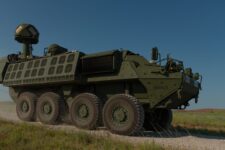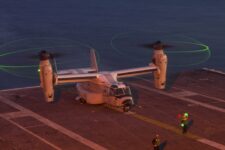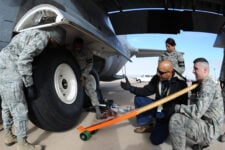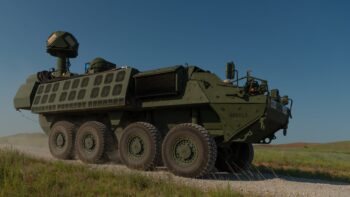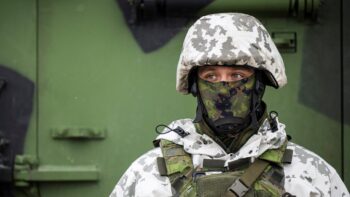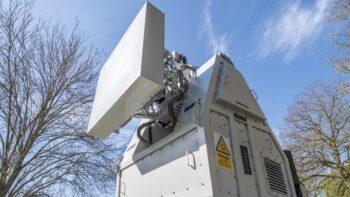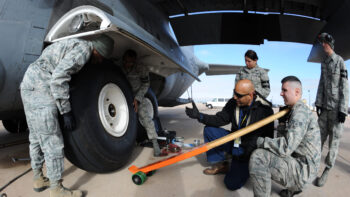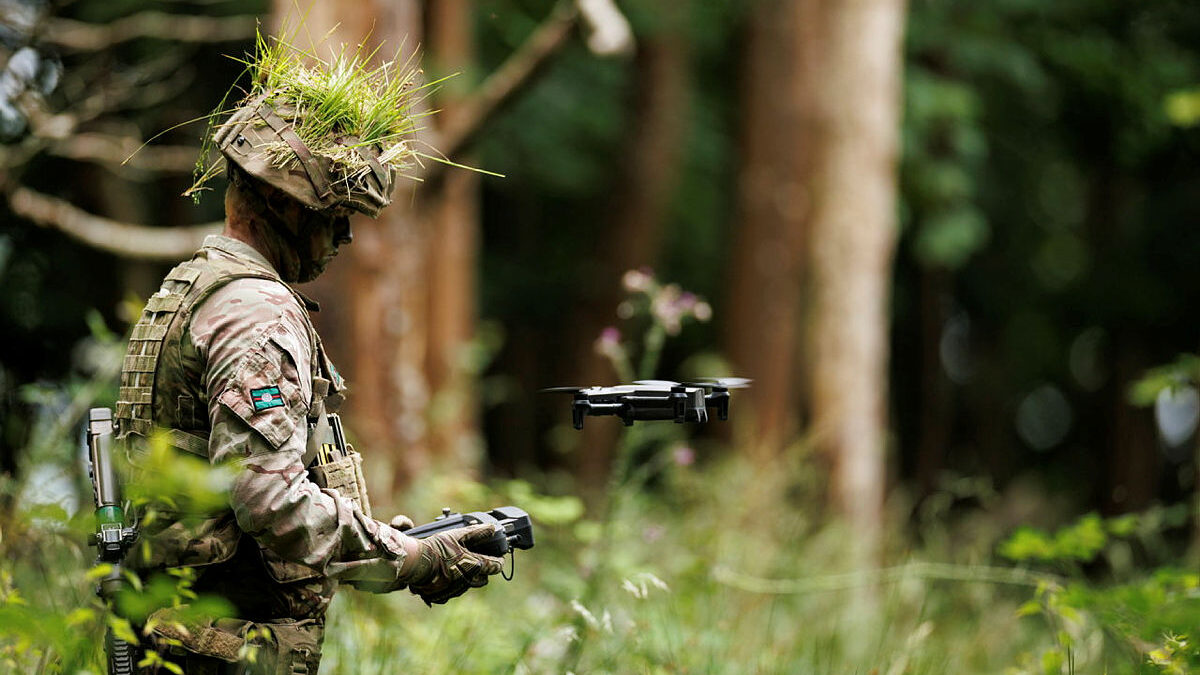
A British Army soldier from 2 YORKS launches an Anafi camera drone (UK MoD)
BELFAST — The UK will spend an additional £4.5 billion ($5.7 billion) over the next decade on new military drones, pledging to “rapidly” equip its armed forces with advanced air, land and sea based uncrewed systems in the process.
The plans sit at the heart of a new military drone strategy [PDF], announced today, that draws directly from analysis of the war in Ukraine and promises to turn Britain into a “world leader” in drone manufacturing.
“We have learnt, and will continue to learn, important lessons relating to uncrewed technology from Russia’s illegal war in Ukraine, including developing and delivering long range air and maritime strike uncrewed systems,” notes the 11 page UK drone strategy.
The goal is to develop and produce drones in four key categories’: naval mine clearance, one-way attack, heavy lift and ISR.
It also acknowledges that fighting in Ukraine has been “most challenging” for “logistic, find, and strike
[uncrewed] systems” because of “previously unseen levels of Electronic Warfare (EW).”
RELATED: Dumb and cheap: When facing electronic warfare in Ukraine, small drones’ quantity is quality
High levels of equipment loss from the war have also “demanded new types of capabilities, utilising technologies developed at scale for the commercial sector.” That trend, says London, has led to a “different cost model” for drone acquisition emerging.
The UK adds that it has already established a new “acquisition and support model” for delivering UK acquired uncrewed systems to Ukraine, that has seen “capability development at a pace of operational relevance measured in days, sometimes hours.”
In collaboration with older and new drone companies, the UK has been able to stand up “24/7” support cycles in Ukraine, “with a direct feed of data at the frontline able to run capability sprints against adapting threats and requirements,” adds the drone strategy.
Earlier this month, the UK committed to supplying Kyiv with thousands of First Person View drones, funded by a £200 million ($253 million) weapons package, and set within a wider European coalition effort to transfer one million uncrewed systems.
The drone strategy also warns that adversaries are “developing their capabilities at pace,” making retention of a technological competitive edge a “must,” for the UK.
In attempting to hold that competitive advantage, London wants to deliver a “new approach” that demands a greater focus on innovation, research and development and industry partnerships.
Dependent on “constant adaptation and iterative development” new drones manufactured by British industry are expected to “deliver a more potent military effect that ensures we are better able to defend and deter.”
London plans on delivering a more “resilient” industrial base that prioritizes a robust supply chain for “key components and platforms” and capacity to “procure at scale.” Both domestic and international suppliers will be called upon to “deliver resilient stockpiles with the capacity to surge [production] during times of conflict.”
Priority will also be given to national drone design and production, “reducing barriers for small- and medium-sized enterprises,” while “exploring opportunities to scale civil and military platforms or components
both to enhance our operational capability and enable exports.”
Globally, the US, Turkey and Israel are widely considered the major powers of designing and producing uncrewed systems, while Kyiv has established itself as a key player, producing 300,000 systems last year, according to Mykhailo Fedorov, Ukraine’s deputy prime minister for innovations, development of education, science and technologies.
A 7th-gen fighter? BAE has thoughts on what that could look like.
“We need to lose the generational name because aircraft are going to be evolving all the time,” said BAE Systems’ combat air strategy director Mike Baulkwill.
